
Fallen Angels
Audio Recording by George Hahn
The stock market is touching highs, but some corporate icons have seen valuations crash. I believe dispersion, China, and a changing of the guard are key to understanding these fallen angels.
Dispersion
In 1996, at the height of the brand era, I was asked to address the board of Levi Strauss & Co. on the future of brands and retail. The title of my presentation was “The Death of Distance.” The rap was that brands need to establish direct relationships with consumers (e-commerce), as digital technology would disperse products and services without regard for existing distribution channels.
This happened. Amazon dispersed retail to desktop, to mobile, to voice. Netflix dispersed DVDs to the mailbox, then to every screen as net neutrality enabled them to replicate tens of billions in cable infrastructure at near-zero cost, freeing up billions that resulted in a content/price ratio traditional players could not match. The pandemic accelerated dispersion of the office (remote work), healthcare (telemedicine), and education (online learning). What I didn’t see, however, is that AI would be steroids for dispersion, enabling anyone to leapfrog everyone.
Intel
Moore’s Law, named for Intel cofounder Gordon Moore, is an observation that the number of transistors on a microchip doubles every two years. It’s a meme that encapsulates the relentless pace of technological progress. When I graduated from the Haas School of Business, Intel was the job everyone wanted, as the firm was surfing Moore’s wave, which was doubling in size every two years. The “Intel” phenomenon could (now) be described as the ability to shed the majority of your value, despite being the leader in a booming industry. Few firms have fallen so far, so steadily, as Intel.
At its peak in 2000, Intel’s market cap was $500 billion. Since then, the S&P is up 243%, and Intel down 80%. If Intel had kept pace with the S&P, the firm would be worth 16X what it’s worth today. A stark reminder of this fall from grace: Jensen Huang (CEO, Nvidia) is worth more than Intel. The firm is at risk of being dropped from the Dow. Many icons disappear as everything everywhere ends. However, this fall is extraordinary, as leading firms usually experience this type of value destruction when they are helpless in the face of a sector’s decline. This is on Intel, as its market has boomed, with semiconductor sales increasing 18% globally YoY and 21% in China. Intel’s brand and enduring legacy of Andy Grove mask what is arguably the worst managed firm of the last 20 years. At the beginning of 2021, Intel and Nvidia commanded the same market capitalization. Today, the wizard behind the AI curtain is worth 30 Intels.
Intel missed dispersion, i.e., failed to capitalize on mobile and AI. While it remains the biggest maker of processors for PCs and laptops, Intel no longer has the power to predict the future by making it. The future belongs to Nvidia. Five years ago, Nvidia was a second-tier semiconductor firm best known for giving Call of Duty better resolution. Today, it’s the third-most-valuable company on earth, with between 70% and 95% of the AI chip market. With a P/E ratio of 99 Intel is still likely overvalued. But the game’s not over; Intel is shifting its business model to serve as a manufacturer for other chip companies, including Nvidia and Apple, that outsource the part of the supply chain that was supposed to be the ultimate moat: manufacturing. It ends up, there are a lot of moats (slack supply) that can be rented. In sum, Intel aspires to become the picks and shovels of a market they once dominated.
TSMC, which has 60% of the “foundry” market, reported gross margins of 53%, compared with Nvidia, the leading pure play chipmaker, which reported margins of 75%. The front-end, branded chip has higher margins and is a much better business. However, at $100 billion, in a market where CapEx rivals nations, Intel just needs to show a pulse to substantially increase its valuation. Their key advantage is not their brand or IP, but that they have lost so much value that they have (much) less to lose. Leveraging their brand and IP to be the best house in a bad neighborhood could result in a dramatic increase in value … from here.
Disney
Hollywood is becoming a fair-weather Detroit. Less than 50% of all TV usage is attributed to linear as streaming now dominates. Domestic film and TV production is down 40%. The year before GM and Chrysler declared bankruptcy, their auto sales were off 23% and 30%, respectively. It would be convenient, and more dramatic, to claim this is because of AI. It isn’t. The root cause is more pedestrian; content budgets are up 3% this year, but studios can find people to do the same thing for less money elsewhere. Half of Netflix’s $15 billion annual content budget is now spent overseas. Note: Los Angeles will not register similar urban blight as, you know, weather.
Disney, unlike Intel, can blame the weather … or at least the atmospherics. Despite having 10,000 screens, AMC is not known as the largest theatrical distributor but a meme stock. In the past three years, Paramount Global market cap dropped from $43 billion to $7.5 billion. Warner Bros. Discovery lost two-thirds of its value in two years. YouTube, which spends zero on content as it splits revenue with creators, accounts for 10% of TV viewership. Netflix is second with 7.6%. But even the streamers that leapfrogged legacy media should worry about TikTok, which provides quick, perfectly calibrated dopa hits for two+ hours per day.
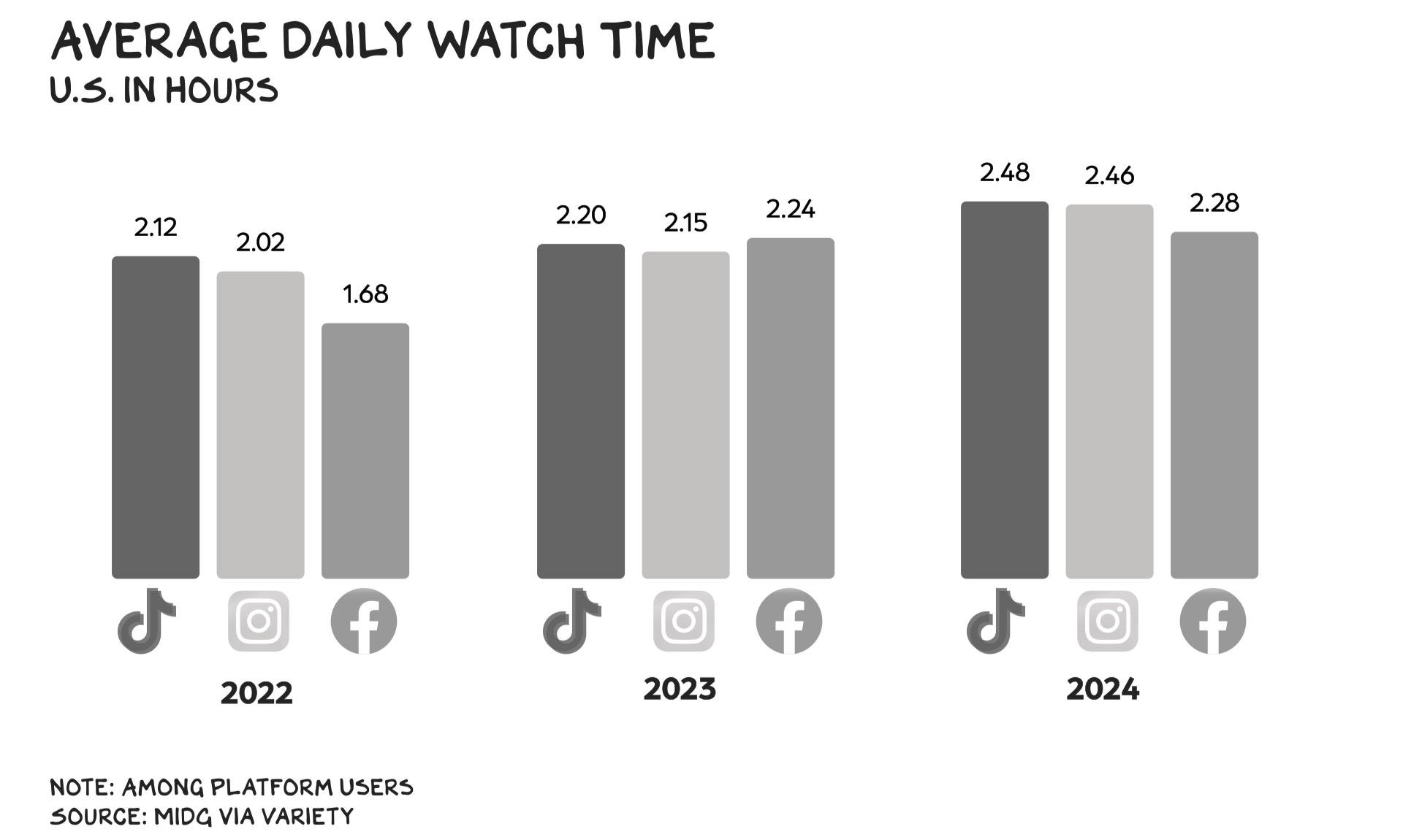
Amid all the wreckage of Hollywood is the once seemingly impenetrable Disney castle, which has shed half its value as its P/E ratio dropped from 283 to 36 over the past three years. If Hollywood is Detroit, Disney is Ford. Theatrical is in structural decline, but Disney accounted for 42% of the global box office with only three films: Deadpool & Wolverine, Inside Out 2, and Alien: Romulus. Cable is dying, but Disney owns so much content — Hulu, ABC, FX, ESPN, Marvel Studios, Lucasfilm, Pixar, 20th Century Studios, and National Geographic — that its streaming services are becoming the new cable bundle. But even with price hikes, access to the entire Disney streaming ecosystem, without ads, costs $159.99 annually; a mid-tier cable package costs $1,380 per year.
At the parks, which accounted for 36% percent of revenue last quarter, operating profit dropped 3%, as attendance slowed industry-wide. Disney and Comcast, which owns Universal Studios, blamed competition with international travel. At the low end, a three-night Disney World vacation for a family of four costs $2,783. According to a recent survey, 45% of parents take on debt for a Disney vacation. My take: Disney parks, similar to a Santa Monica producer of reality TV content, cost too much for not enough. Disney recognizes this and announced a $60 billion investment to improve the value prop. Pro tip: Deadpool ride.
Nike
Wearing Nike makes me feel stronger. I love Nike, especially the unapologetic brand positioning: “You don’t win silver, you lose gold.” But after losing 50% of its value in three years, Nike is nowhere near the medal podium.
During the pandemic, running clubs boomed. This should’ve been great news for Nike. Instead, it was a shot of adrenaline for Nike competitors. (Hoka sales were up 27% last quarter, while Q3 sales for On were up 46%.) Meanwhile, Nike’s former CEO John Donahoe blamed remote work for the firm’s innovation slowdown. Donahoe represented a pivot to digital and direct to consumer. When Nike was my client, I advocated for this strategy, as dispersion would neutralize Nike’s best weapon (broadcast advertising). But the FuelBand never gained traction, DTC revenue was down 13% last quarter, and ultimately Donahoe confirmed that Nike leaned into digital and DTC at the expense of retail partners — a decision that hurt Nike, as retail returned stronger than expected post-pandemic and Nike lost touch with cutting-edge smaller retailers. And then China sneezed, and Nike caught full-blown pneumonia. Fourth-quarter sales in China dropped 19%, and Nike warned investors to expect more bad news. This quarter, Nike’s sales were down 10% YoY and down 4% in China.
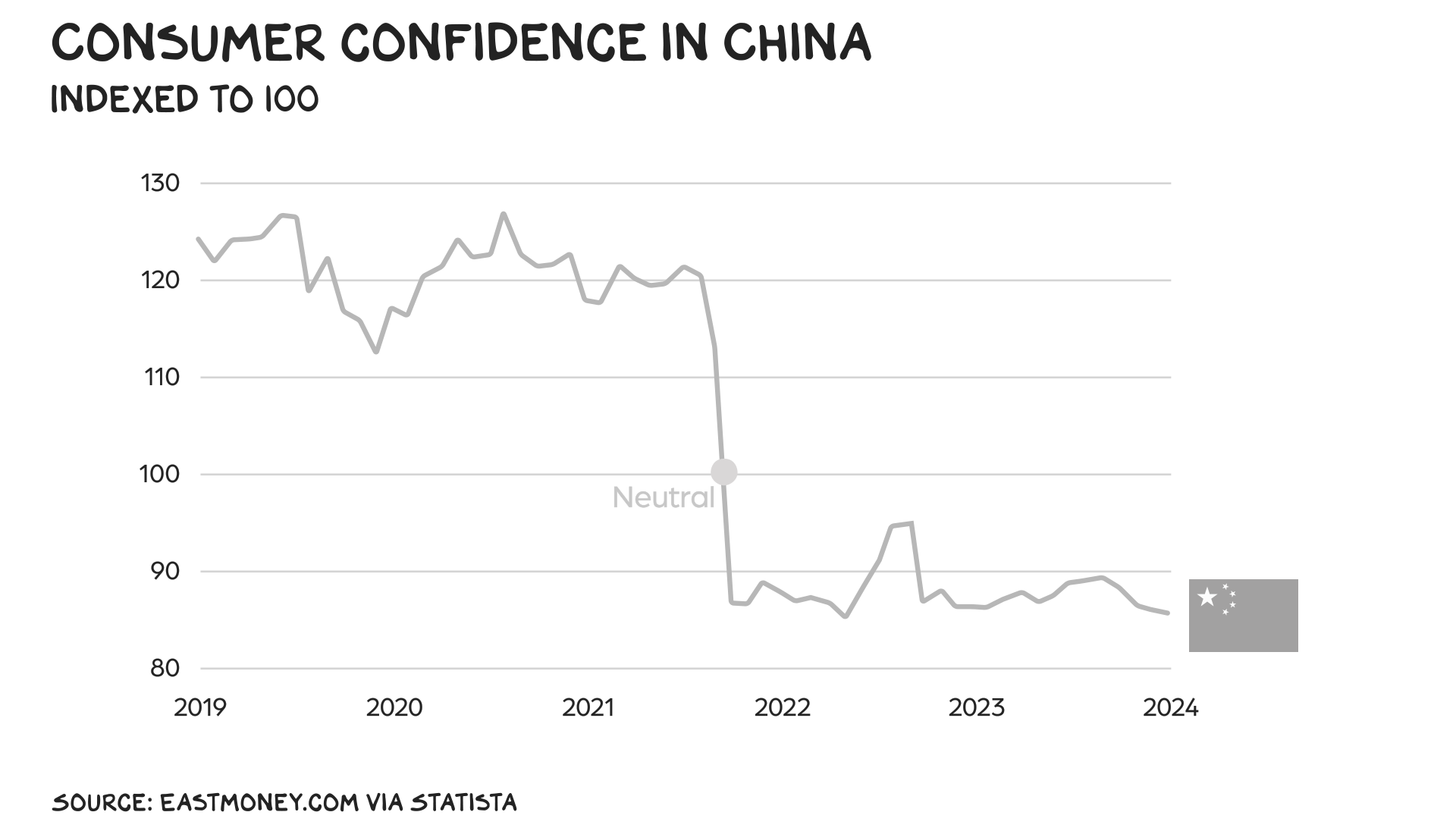
Still, there’s nothing wrong with Nike that can’t be fixed by what’s right with Nike. Their new CEO, Elliot Hill, represents a return to the brand’s roots; the stock popped 7% on news of his hiring and then gave it back (see above: sales down 10%). And while this isn’t investment advice, Nike’s P/E ratio has dropped from a 2020 high of 73 to 23, suggesting that the stock is undervalued. It’s going to take time, as this may be a board problem. Nike, after shitting the bed on its earnings call this week, announced they would no longer be providing guidance. This is just plain stupid, and a rookie move from a great company. When things are bad, you OVERcommunicate, and if Nike’s management team is so thin the board lets them punt on key information flows to investors, then they shouldn’t be in the S&P 500.
Estée Lauder
At first blush, it’s easy to blame China for Estée Lauder’s 75% drop in market cap over three years. But Estée Lauder used that explanation pre-pandemic, during lockdowns, and post-pandemic. Meanwhile, the global beauty market has been relatively strong, growing 10% from 2022 to 2023, while China’s beauty market lagged, growing by only 3% amid heavy price discounting. Estée Lauder, L’Oréal, and Shiseido have all struggled in China recently, although Estée Lauder has struggled the most.
But a bad economy isn’t automatically bad news for luxury brands. The “lipstick effect” is a theory that says during economic downturns consumers on tight budgets still splurge on small, affordable luxuries, as such purchases give people a sense of indulgence without breaking the bank. The question isn’t whether budget-conscious Chinese consumers have soured on luxury, but whether they’ve soured on Estée Lauder? According to Vogue, it’s the latter. Proya is set to become the first Chinese beauty brand to hit $1 billion in revenue. Chinese beauty brand Florasis will open its first counter in Paris. Direct-to-consumer brand Uniskin launched its first brick-and-mortar store in Shanghai.
The HBO show Succession was a modern-day Shakespearean drama that captured the essence of power, wealth, and family dysfunction. Ostensibly, it was about Rupert Murdoch, but it also could’ve been about Sumner Redstone, or the Estée Lauder family, which owns 35% of the company and controls 80% of the voting power. Ultimately, this isn’t about China or navigating dispersion; it’s about the frailty of family dynasties. Such dynamics make for good TV drama, but they’re lousy for shareholder value. Similar to Nike, Estée has missed key trends and finds long-tail brands nipping at every appendage.
The Green Mile
Dispersion and the rise of China both began in the 1990s. Three decades later, China is the world’s second-largest economy, and it has more middle-class households than the U.S. Dispersion is no longer coming; it’s here, and AI will take it in new directions. Similar to Congress, there are just too many old people in corporate America clinging to power. One of the key problems in America is a lack of churn. Politicians, CEOs, and tenured faculty refuse to leave, creating a stasis that is bad for the economy, as our country is run by people who are out of touch, and reduces opportunity for young people. If that sounds ageist, trust your instincts. I am an ageist, and so is biology.
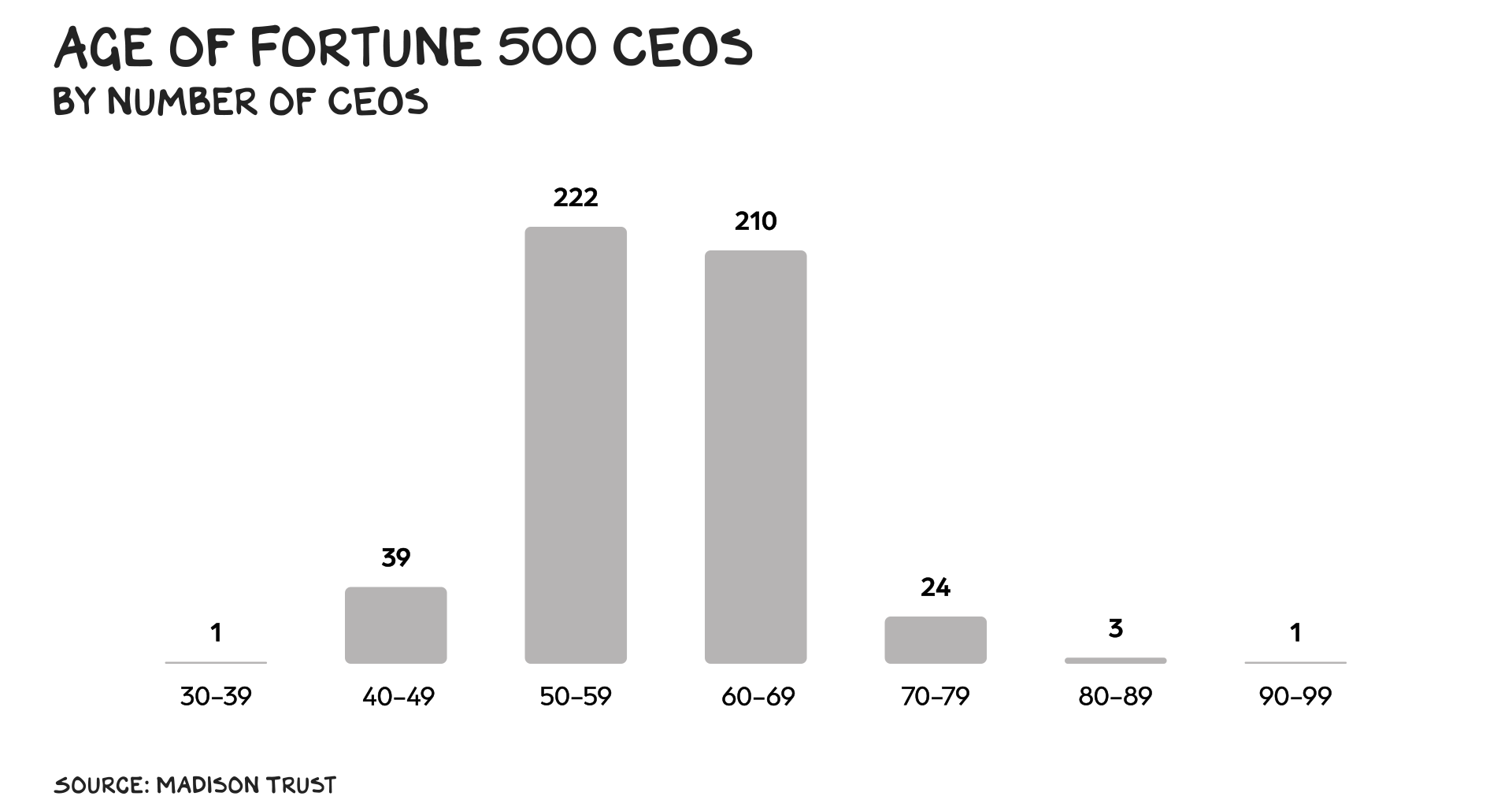
At 73, Bob Iger is the oldest CEO of the fallen angels I discussed here. His first, second, and third priorities need to be picking a successor. At 60, Nike CEO Elliott Hill is the youngest fallen angel boss, and like Iger, he came out of retirement to turn an iconic company around. Pat Gelsinger, 63, started his career at Intel at 18. His mentor was Andy Grove, a leading gangster CEO of the last century. Estée Lauder CEO Fabrizio Freda is 67. He’s retiring after 16 years at the helm. Maybe it’s a vibe, as my kids say, but a changing of the guard is upon us.
Comebacks
In January of 2011, Netflix was worth $11 billion. By November, the company’s market cap was just over $3 billion. The reason? As Netflix pivoted to streaming it tried to spin off its DVD business. The Qwikster backlash cost Netflix 1 million subscribers. As it turned out, Netflix was right, but early, as they ultimately closed their DVD business in 2023. In 2012, Best Buy was on the brink of bankruptcy and the big-box sector looked doomed. A year later, Best Buy’s market cap increased 3X as a new CEO led one of the biggest turnarounds in retail history. And then there’s the turnaround story everyone knows: Apple.
We’re wired to overestimate the impact of negative events, a phenomenon known as the negativity bias. It’s a cognitive distortion that makes us believe that failures have a greater impact than they actually do. At some point, every business experiences a crisis, i.e., an opportunity.
As a Professor of Brand Strategy, I can’t help but wax nostalgic and believe these firms are ripe for a comeback. They all boast global brands, talented workforces, and robust supply chains. However, the most attractive thing about these firms is just how badly they’ve been beaten down. In the first four weeks of 2024, Nvidia added the value of all four of these firms. And that’s the bull case as at some point every stock (unless it’s going to zero) is too expensive/cheap. These angels have fallen so far, redemption is overdue.
Life is so rich,

P.S. This week on Prof G Markets, Ed and I spoke with Lina Khan, chair of the Federal Trade Commission, about Unlocking Innovation Through Antitrust Enforcement. Listen and subscribe here on Apple or here on Spotify.
P.P.S. Section just confirmed Moderna’s VP of AI & Product Platforms and S&P Global’s Chief Artificial Intelligence Officer as speakers for the AI:ROI Conference. It’s free to attend on Nov. 14 – register to learn from real AI leaders.


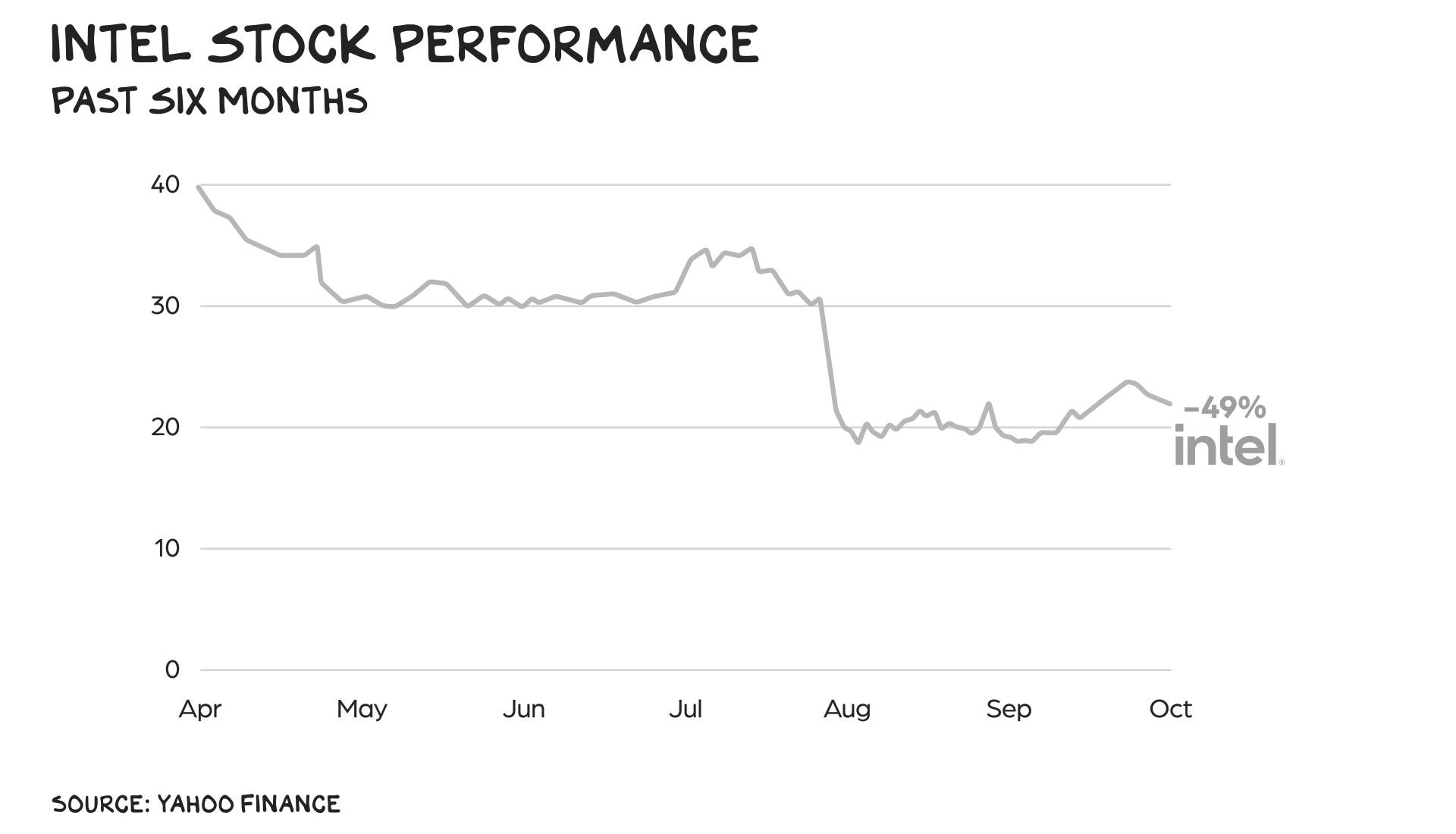
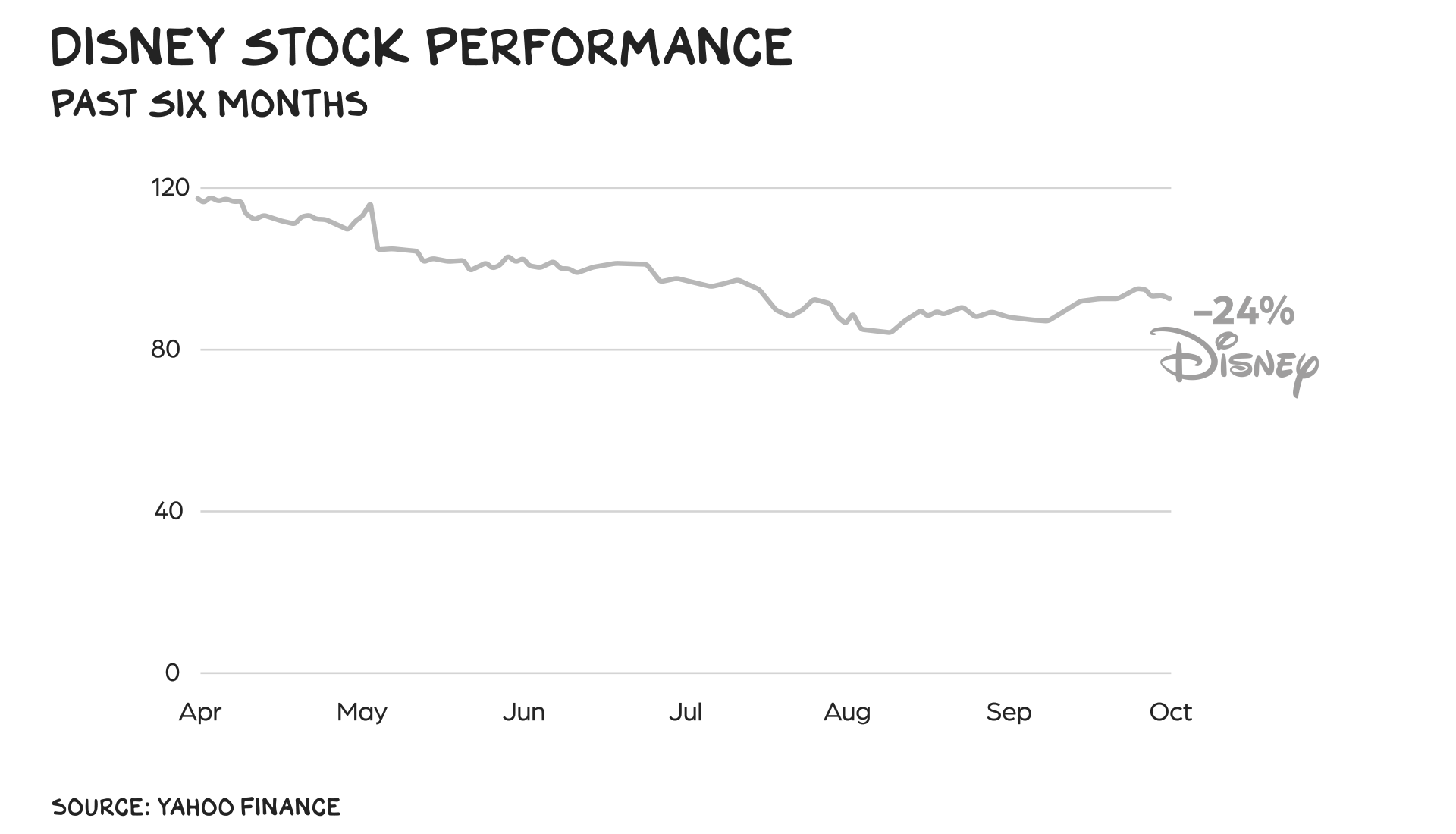
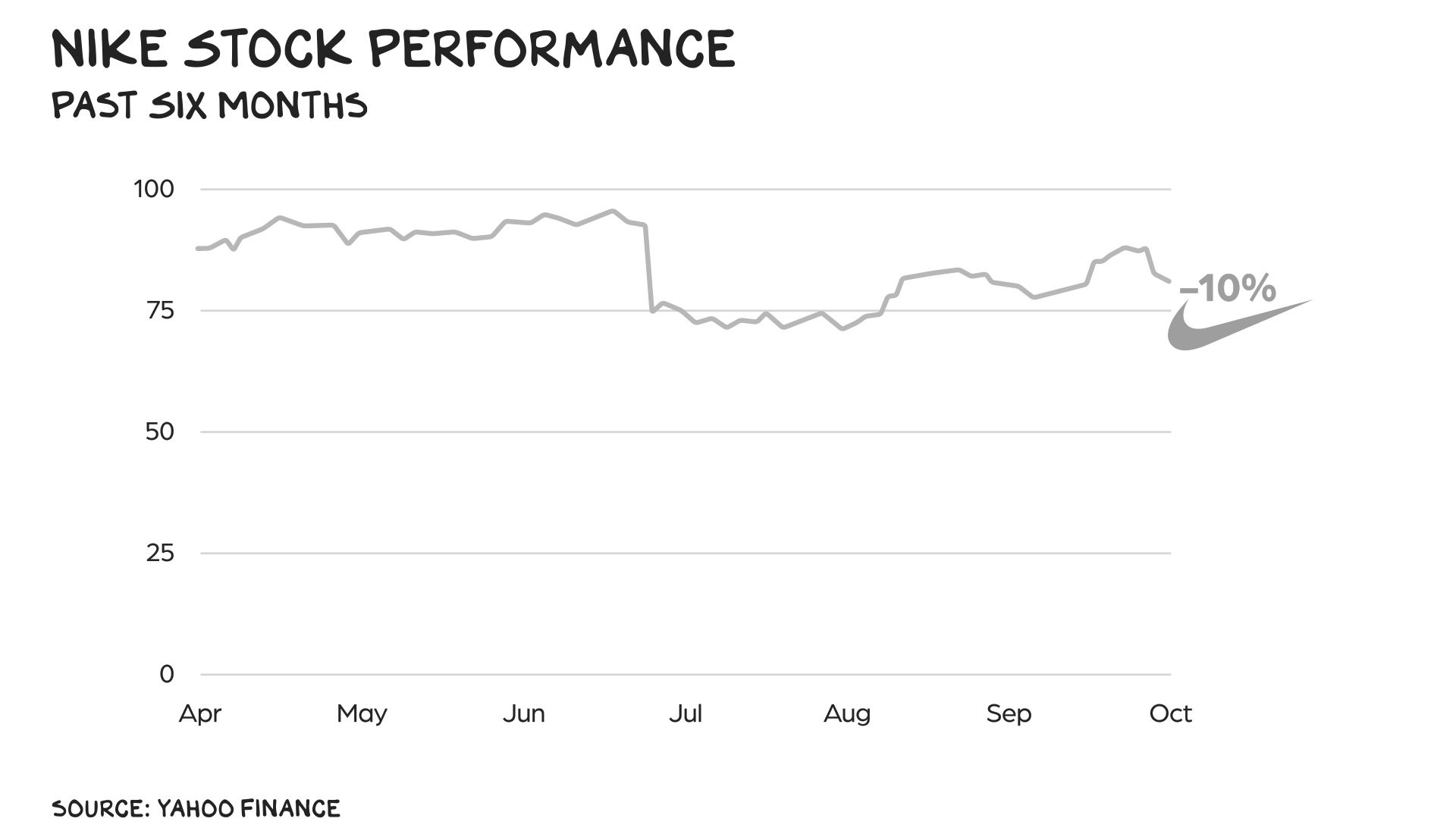
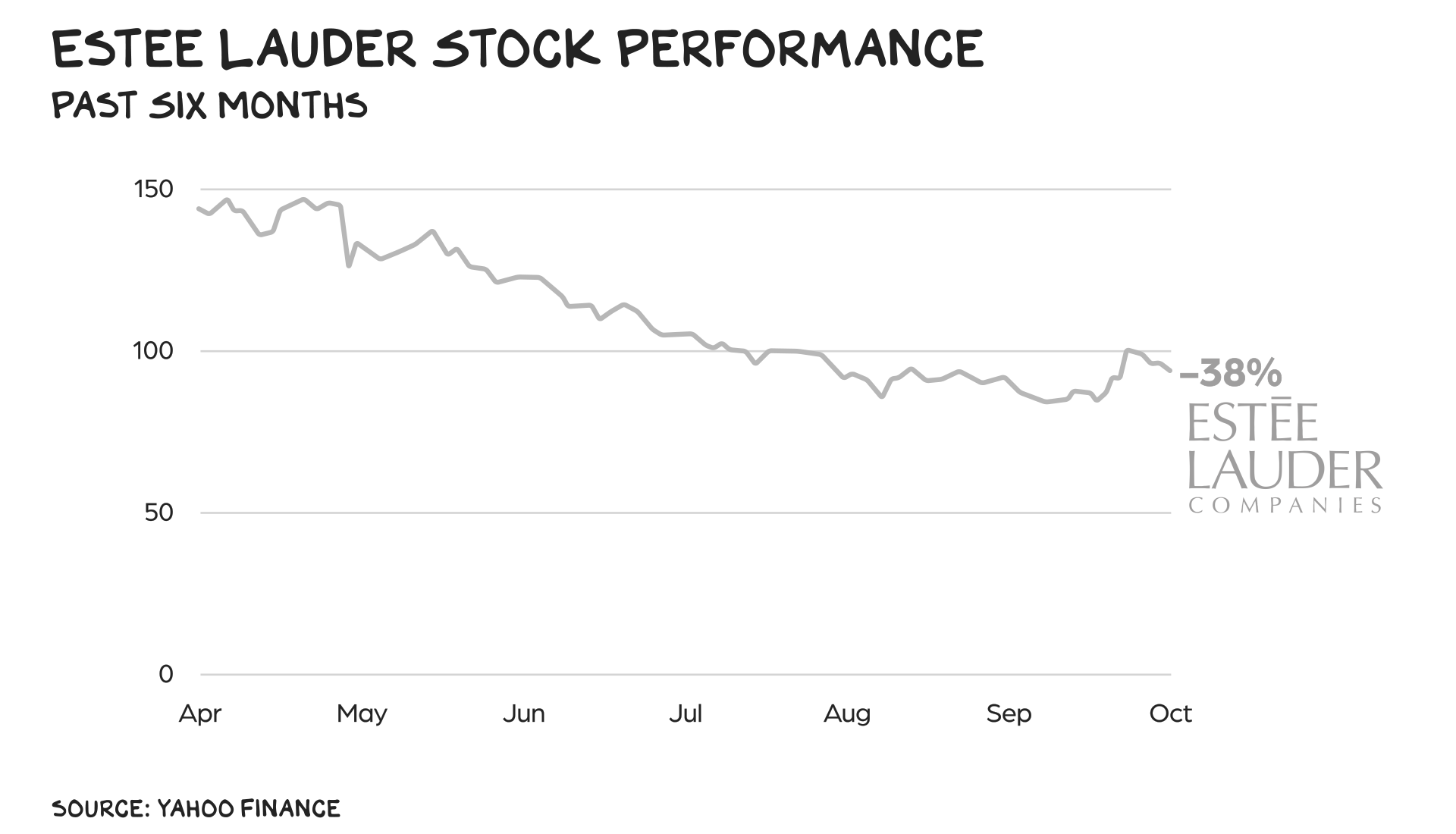
The impact of Wizard Hilton Cyber Tech on securing digital assets has been nothing short of transformative. As an industry pioneer in the world of cybersecurity, Wizard Hilton Cyber Tech has developed cutting-edge solutions that have revolutionized the way individuals and organizations safeguard their most valuable digital holdings. Through a potent blend of innovative technology and a deep understanding of the evolving threat landscape, Wizard Hilton Cyber Tech has empowered users to navigate the treacherous digital realm with unparalleled confidence and peace of mind. At the heart of their approach lies a suite of robust encryption protocols, advanced threat detection algorithms, setting a new benchmark for the industry and inspiring others to follow in their footsteps. Send an email via: for help
It all happened around June 20th, 2022, just when I decided to start investing in bitcoin as it was becoming the new trend of making money, and I decided to give it a try. I contacted a guy who claimed to be a crypto trader and promised he gives high returns on investments done with him. So I sent approximately $13k in bitcoin as my investment capital. In short, he completely went off the grid and stopped replying to my messages. I was heavily frustrated because that was a huge part of the savings I had sent to him. Then I got introduced to a recovery firm (recoveryhacker101) that deals in recovering stolen crypto funds. I wasn’t able to get my full $13k back, but I got $9,557. I want to use this medium to show appreciation to RecoverHacker101 for their expert service in recovering the stolen funds I thought I had lost forever. I recommend them to anyone who has fallen victim to these petty crypto scammers. You can reach out to them via email at recoveryhacker101@gmailcom.
I’m glad to talk about my experience investing in crypto currency. You can however, get your scammed crypto back. I was taught that recovering bitcoin was impossible, therefore I never thought it was conceivable. I recently lost about $56,000 after falling for a forex scam that promised absurdly large returns. I looked everywhere for assistance before finding a QUALIFIED EXPERTIES RECOVERY article online. When I contacted: QUALIFIED EXPERTIES I’m glad they helped me recover my funds successfully Get in touch with QUALIFIED EXPERTIES RECOVERY as soon as possible if you are a victim of scam. They are a registered company that can help you Once more here is their contact: QUALIFIED EXPERTIES @ GMAIL . COM .to those out there also in need of assistance.
After being scammed out of $145,000 through a fraudulent investment scheme, I sought for a legal assistance to recover my funds lost in cryptocurrency. I found Mr James testimony online on how Dante Gideon helped him recovered his stolen funds. I decided to give it a try and as i speak all my funds has been successfully recovered I hope my experience can aid others who have fallen victim to these deceitful online investment schemes. Dante Gideon aT Consultant doT Com ] are very real and reliable in recovering funds back from scammers.
DIS just returned to about where it was before the Trian proxy contest. Shouldn’t the question be what investors saw as potential changes if Peltz had won to drive stock from 90 to 120 and then back down again when Company won – whether they were operational or merely financial engineering, and if the former whether they would have worked.
Stick to branding, stay away from politics.
Maybe slightly off topic, remember years ago an article on Intel’s management style where everyone verbally attacked each other, some kind of radical transparency or something. Maybe being a bunch of arrogant assholes wasn’t a good long term strategy.
Scott, great article. How is it so many great brands have dismal leadership, and ultimately a disconnect with consumer expectations. I have worked for some great brands, that didn’t follow the typical formula – hyper-growth great market share, only to become stale as they became went public, or owned by PE. So what is the real problem here?
As usual, a great article chock full of brilliant analyses and unique (and actionable) perspectives. I love reading your posts. However, please cut the ageist rhetoric bullshit (“Politicians, CEOs, and tenured faculty refuse to leave…). If only because your day of irrelevancy due to ageism is coming…
Intel spent more effort on shareholders (stock buybacks) over the years than it did on its product. The consumer found something they liked better.
Maybe Chinese women have decided it takes less makeup to look good in person than online. I remember reading that the cosmetics business in China got a boost from women staying home and going online. Cosmetics in China may be just one more pandemic bubble bursting.
The thing that I like (and appreciate and value) is not so much agreeing with Scott G, although that seems to happen a lot, but that his content enriches, informs and educates. I live in Oregon and both Intel and Nike have out sized impacts on the fortunes of the state. That’s less an indictment of Nike and Intel and more an indictment of feeble Oregonian leadership. This aside, a Nike and an Intel on their knees is not good for Oregon. It reminds me, however, about a conversation I had with young Intel employees who lived in the same apartment complex when I first moved to Portland: “everyone hates their job at Intel and its run in 13 week cycles.”
And this from the young guns in 2003. At least most people say they like working for Nike.
In my Pilates and diet biz (80 bites) BRANDING is literally killing people. When someone is suckered into buying another pair of unneeded sneakers, only their money declines. But when they think that an expensive Sports Bra that is the ultimate branding success will fix osteoporosis or stenosis or herniated disks, they are damaging their one and only body. BRANDING in the phony “wellness” world is almost an art form it is so convincing.
Don’t you feel like it’s the education of our kids and how they are allowed to be raised as consumers? I remember when I was a young kid and my brother told me he didn’t wear any label because he didn’t want the confinment of a lable, “Don’t label me!” he said. That opened up my eyes to have most people feel the need to conform and fit in and by a “brand”. We forget that branded is what the do to cows with a hot iron. That doesn’t make me have an affinity to say “Patagonia” ( never bought any of there stuff) but I like the idea of a brand being socially and environmentally driven to do good.
Branding is Capitalism. How much of the US economy is based on convincing people to buy shit they don’t need? You might as well complain about the sky being blue.